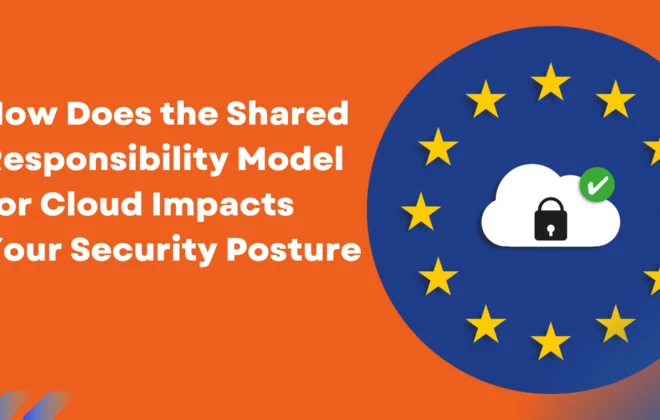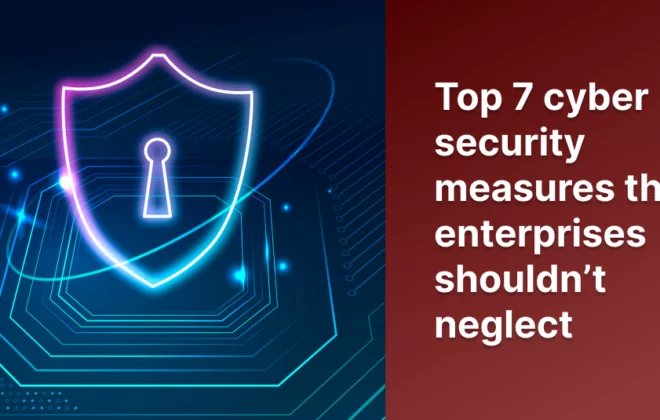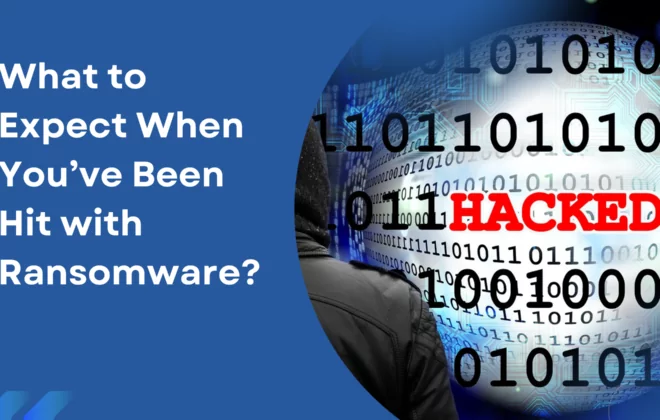The Changing Landscape of Cybersecurity: Why Antivirus Alone isn’t Enough for Your Business ?
Introduction
In today’s digital landscape, where businesses heavily rely on technology for their operations, cybersecurity is of paramount importance. With the increasing number of cyber threats and data breaches, it is essential for businesses to implement robust security measures.
Recent studies show that 43% of cyber attacks target small and medium-sized enterprises (SMEs). These businesses often lack the budget or resources to invest in advanced cybersecurity measures such as firewalls or intrusion prevention systems, leaving them vulnerable to attacks. This raises an important question: can antivirus software alone provide sufficient protection against these risks?
What is Antivirus Software ?
Antivirus software is a computer program designed to detect, prevent, and remove malicious software, commonly known as malware. It acts as a protective shield for your computer, safeguarding it against various threats such as viruses, worms, Trojans, ransomware, spyware, and adware.
How Does Antivirus Software Work ?
Antivirus software scans your system for any suspicious files or activities, comparing them against an extensive database of known malware signatures. If a match is found, the antivirus software takes appropriate actions, such as quarantining or deleting the infected files, disinfecting them, or alerting the user. Its primary goal is to keep your computer and personal data safe from the harmful effects of malware.
The Dynamic Nature of Cyber Threats
Cyber threats have become more sophisticated and diverse over the years. Hackers continuously develop new techniques to exploit vulnerabilities in systems. Relying solely on antivirus software can leave businesses vulnerable to various types of attacks.
Let’s examine some prominent threats:
1. Malware Infections:
Malware, including viruses, worms, Trojans, and ransomware, pose a significant risk to businesses. According to a report by Cybersecurity Ventures, global damages from ransomware attacks are projected to exceed $20 billion by 2021.
2. Zero-Day Vulnerabilities:
Antivirus software relies on signatures to detect known threats. However, zero-day vulnerabilities, which are previously unknown to the antivirus software, can evade detection and be exploited by attackers. In 2020 alone, there were over 1,400 zero-day vulnerabilities reported, as per the National Vulnerability Database.
Limitations of Antivirus Software
While antivirus for business is an essential component of cybersecurity, it has certain limitations that businesses must be aware of:
1. Signature-Based Detection:
Antivirus software primarily uses signature-based detection, matching files against a database of known malware signatures. However, this approach is reactive and cannot detect previously unknown threats or polymorphic malware that can change its signature.
2. False Positives and Negatives:
Antivirus software may sometimes generate false positives, flagging legitimate files as malicious. Conversely, it can also produce false negatives, failing to detect new or customized malware variants.
3. Exploits and Advanced Persistent Threats (APTs):
Antivirus software may not be effective in detecting advanced exploits or APTs, which are specifically designed to evade traditional security measures. These sophisticated attacks often leverage social engineering and zero-day vulnerabilities.
The Need for a Multi-Layered Security Approach
To ensure comprehensive protection for your business, relying solely on antivirus for business is not sufficient. Instead, adopting a multi-layered security approach is crucial. Here are some key components to consider:
1. Endpoint Protection:
Beyond antivirus software, implementing advanced endpoint protection solutions can safeguard your business against a wide range of threats. These solutions incorporate technologies like behavior-based analysis, machine learning, and threat intelligence to detect and block sophisticated attacks.
2. Network Security:
Securing your network infrastructure is vital. Firewalls, intrusion detection and prevention systems, and virtual private networks (VPNs) can help fortify your network against unauthorized access and malicious activities.
3. Employee Education and Awareness:
Investing in regular cybersecurity training for employees can significantly reduce the risk of successful attacks. Employees should be educated on best practices, such as identifying phishing emails, using strong passwords, and practicing safe browsing habits.
Major Examples
Numerous high-profile cyberattacks have demonstrated the limitations of relying solely on antivirus software. Consider the following examples:
1.WannaCry Ransomware:
In 2017, the WannaCry ransomware outbreak infected hundreds of thousands of computers worldwide. Many of the affected systems had up-to-date antivirus software, yet they were compromised due to unpatched vulnerabilities.
2. Target Data Breach:
In 2013, the retail giant Target Corporagtion fell victim to a massive data breach that compromised the personal information of 40 million customers. Despite having an antivirus system in place, the breach occurred due to a successful phishing attack that bypassed the company’s defenses. This incident highlights the importance of comprehensive security measures beyond antivirus software.
Statistics and Industry Insights
Let’s examine some statistics and insights that further emphasize the limitations of relying solely on antivirus for business:
1. According to the 2021 Verizon Data Breach Investigations Report, 85% of data breaches involved human interaction, such as phishing or social engineering, which antivirus software alone cannot prevent.
2. A study by AV-TEST, an independent IT security institute, revealed that antivirus software alone detects only around 90% of known malware samples, leaving a significant percentage undetected.
3. Gartner, a leading research and advisory company, recommends adopting a multi-layered security strategy that combines different technologies to enhance protection against advanced threats.
Recommended Guidelines for Enhanced Protection
To enhance your business’s cybersecurity posture, consider the following best practices:
1. Regular Software Updates:
Keep all software, including operating systems, applications, and antivirus software, up to date to patch vulnerabilities and protect against known exploits.
2. Strong Passwords and Multi-Factor Authentication (MFA):
Enforce the use of complex passwords and implement MFA for authentication, reducing the risk of unauthorized access to critical systems.
3. Regular Data Backups:
Perform regular backups of critical data and store them securely. In case of a ransomware attack, you can restore your systems and avoid paying the ransom.
4. Security Monitoring and Incident Response:
Implement robust security monitoring tools and establish an incident response plan to detect and respond to security incidents promptly.
Conclusion
While antivirus software plays a crucial role in protecting businesses from known malware, it is not enough to rely solely on this solution. The evolving threat landscape and the limitations of antivirus software highlight the need for a multi-layered security approach. By combining advanced endpoint protection, network security measures, employee education, and awareness, businesses can significantly enhance their cybersecurity defenses. Investing in comprehensive security measures is vital to mitigate risks, safeguard sensitive data, and maintain the trust of customers and stakeholders in today’s increasingly digital world.
In conclusion, cybersecurity is an ongoing process that demands constant evaluation, adaptation, and collaboration with trusted security experts. By prioritizing regular assessments and leveraging the expertise of professionals, businesses can enhance their security posture and maintain a strong defense against cyberattacks.
Research , References & Resources:
https://www.secureage.com/blog/antivirus-protection-is-not-enoughhttps://www.businessnewsdaily.com/6634-antivirus-software-protection.htmlhttps://www.jdsupra.com/legalnews/shields-health-care-group-inc-announces-8664365/https://www.safetydetectives.com/blog/antivirus-statistics/https://www.enterpriseappstoday.com/stats/antivirus-statistics.htmlhttps://securitygladiators.com/antivirus/computer/disadvantages/https://blog.avast.com/is-antivirus-protection-necessaryhttps://www.bizjournals.com/sanantonio/news/2022/01/04/why-antivirus-software-isn-t-enough.htmlhttps://expertinsights.com/insights/top-5-key-features-of-antivirus-solutions-for-smbs/https://www.doherty.co.uk/blog/anti-virus-and-multi-layering/https://www.forbes.com/sites/chuckbrooks/2021/03/02/alarming-cybersecurity-stats——-what-you-need-to-know-for-2021/https://www.fundera.com/resources/small-business-cyber-security-statistics




